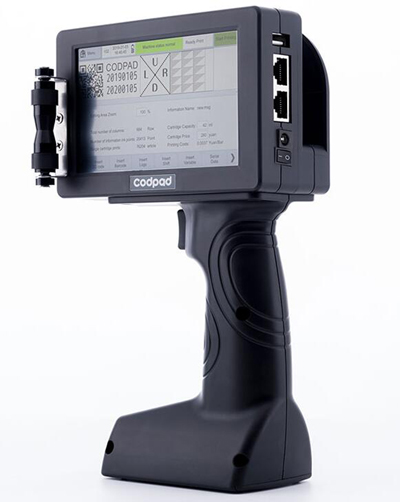Handheld printers are often very lightweight and portable, and have extremely high print resolution. In addition, these printers can do a lot of amazing things.

Packaging Industry
Handheld printers are widely used in the packaging industry. Since packaging is a vast field that belongs to all types of FMCG companies, handheld printers can be of great use. The main function of handheld inkjet printers is to print QR codes, labels, manufacturing details, etc. Moreover, the industry uses this printer to print single or in some cases double lines on various types of product packaging. Due to its simple nature, anyone can operate it after a "how-to guide".
Warehouse and storage management
In addition, the line also uses portable handheld inkjet printers. These lines are located throughout the warehouse or industry. Usually, they are used for batch product coding and expiration date marking to easily distinguish useful and useless resources.
In addition, you can print different labels for products during the storage management process. This includes serviceable labels, non-serviceable labels, reserved items, etc. With the help of these handheld printers, you can manage your stored products very easily.
评论
发表评论